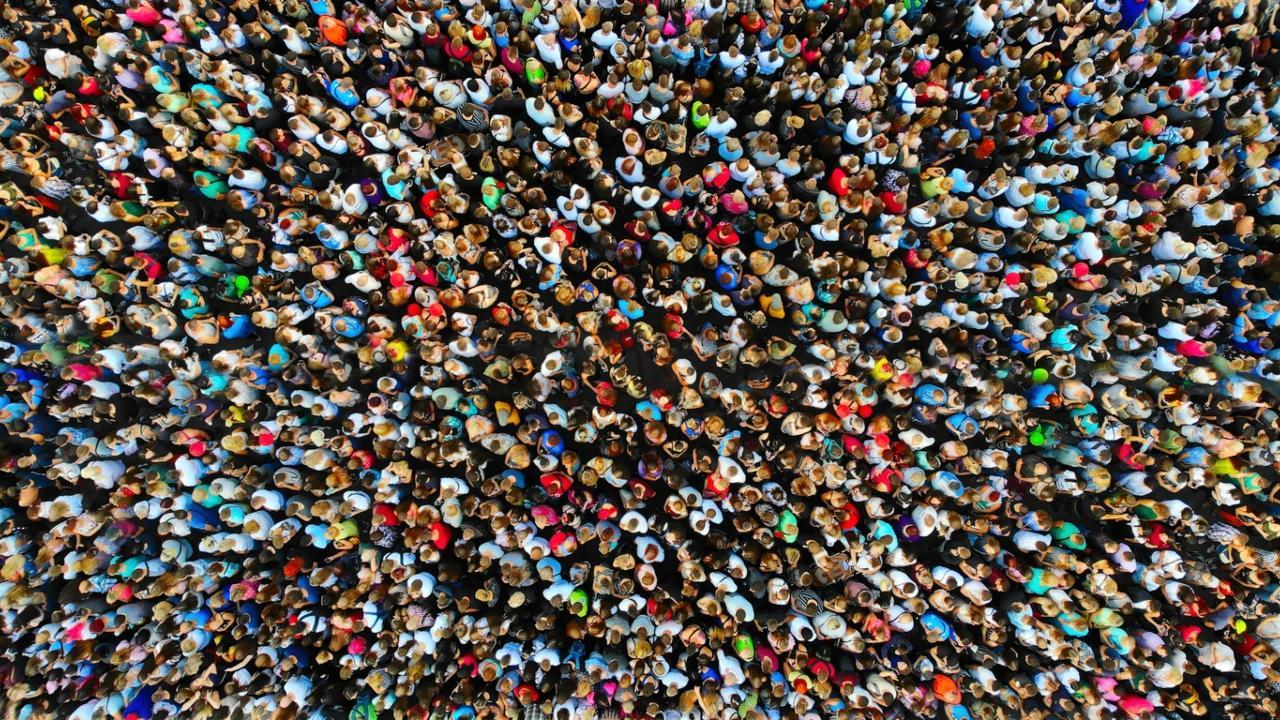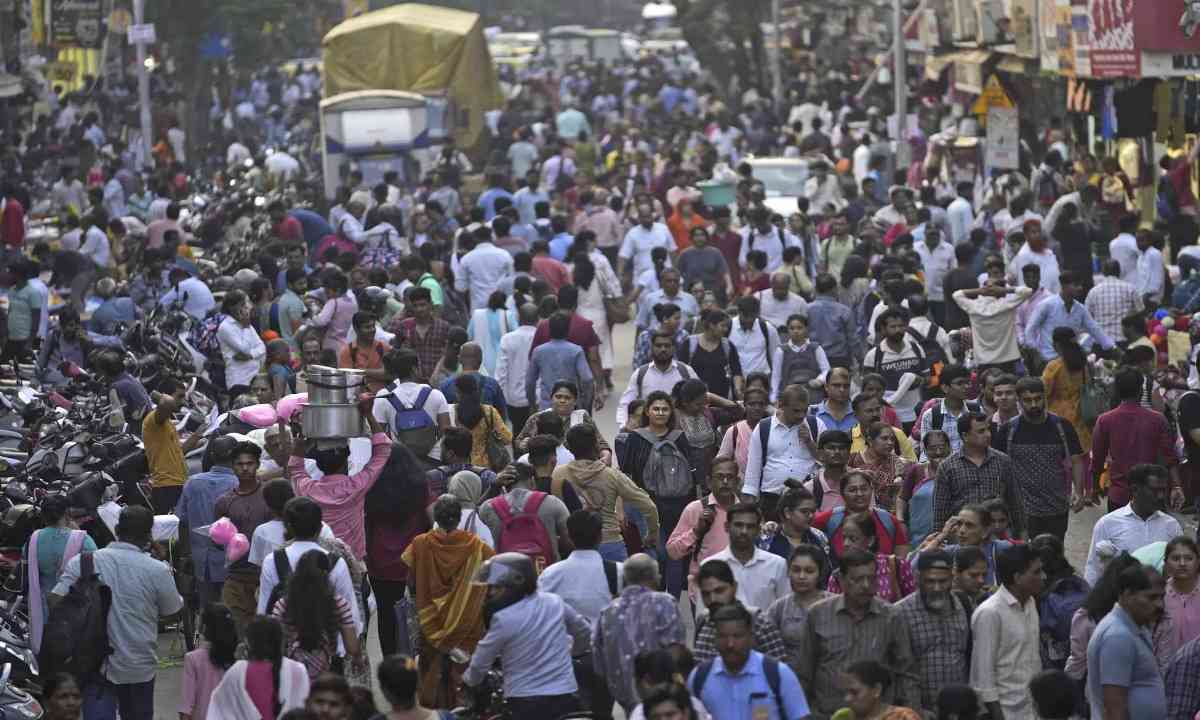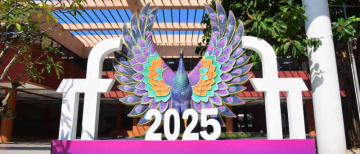India is ready to turn into the world's most crowded country this year - outperforming China, which has held the differentiation since no less than 1950, when the Unified Countries populace records start. The United Nations projects that India will surpass China in April, though the estimates are just projections, so India may already have reached this point.
We have a lot of people, and the United Nations has said that we have more people than China. The United Nations estimated on Wednesday that India had 142.86 million people, while China had 142.57 million.

Since it began collecting data on its population in 1950, India has not topped the UN list of the most populous nations. The report uncovered that 25% of India's populace is in the age gathering of 0-14 years, 18 percent in the 10 to 19 age bunch, 26% in the age section of 10 to 24 years, 68 percent in 15 to 64 years age gathering, and seven percent over 65 years.
By the middle of 2023, according to the latest UN report, the global population will have reached 8.045 billion, or almost one in five people. The debate over whether or not this will benefit India, in the long run, has been rekindled by these data.
By the numbers: From here to 2050
India is adding 86,000 to its populace every day as against China's 49,400. According to the newspaper, a quarter and more than half of India's population are under the age of 15.
Only a quarter of China's population is under the age of 25. China's median age is 38.4 years, while India's is 28.4 years. The working group included approximately 67% of India's population in 2020, compared to 64.9% of China's.
India will contribute more than a sixth of the global increase in the working-age population between 2023 and 2050.

That very year, China's populace is projected to be down to 1.31 billion. By 2050, India, along with Egypt, Ethiopia, Nigeria, Pakistan, the Philippines, Tanzania, and the Democratic Republic of the Congo, will account for more than half of the global population growth.
Hans Rosling, a Swedish academic and physician, told that 1114 is currently the world's "pin code." According to Rosling, this indicates that Asia has four billion people and the Americas, Europe, and Africa have approximately one billion.
Rosling explained that the "pin code" will be 1145 by 2050, with four billion in Africa and five billion in Asia.
For what reason is India's populace going up?
Starting around 1950, India and China have represented about 35% of the world's development populace. The country experienced rapid population growth for much of the second half of the last century.
While birth rates remained high, the death rate decreased while life expectancy increased. According to the publication, India introduced its national population policy in 1976 and its family planning program in 1952. In any case, in 1975, Indira Gandhi forced the Crisis.

If the Emergency had not occurred and if politicians had taken more proactive measures, India's fertility decline would have occurred more quickly. Demographer Tim Dyson from the London School of Economics told that it also meant that all subsequent governments were cautious when it came to family planning.
The current demographics of India can be attributed to a population boom in North India. Specialists note that fruitfulness levels are lower in South India where schooling is far and wide and ladies go to work.
Specialists told the paper Uttar Pradesh and Bihar alone will represent 33% of the populace increment.
© Copyright 2023. All Rights Reserved Powered by Vygr Media.
























